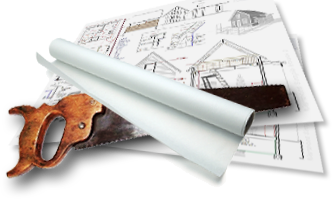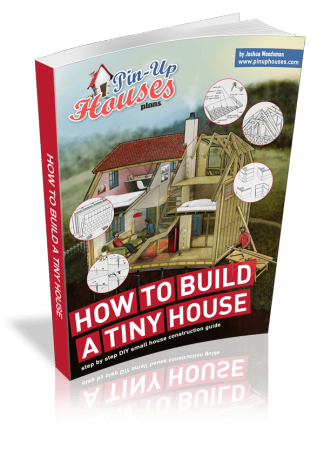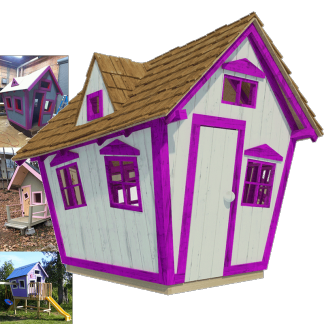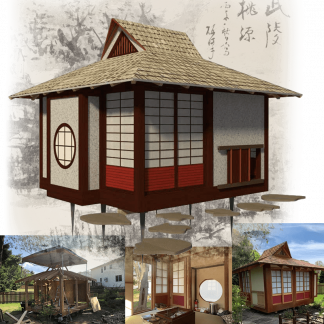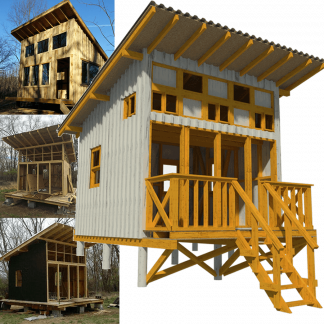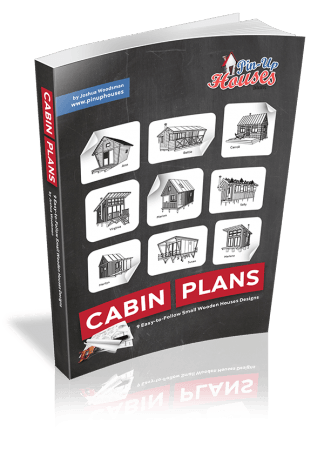
With the rising costs of college and accommodation, many students are looking for alternative living arrangements. Building a tiny house can be a feasible and rewarding project if planned carefully. While this requires a significant time and effort investment, the payoff can be your own space tailored to your needs and finances.
While some students might think this is a good time to pay someone do my homework while they focus on building, it’s a project that can also teach valuable life skills from budgeting to hands-on construction. Moreover, building a tiny house allows students to apply theoretical knowledge in a practical setting, bridging the gap between academic learning and real-world application.
Step by Step How to Build a Tiny House
Planning and Budgeting
Start by defining your budget. Consider how much you can realistically spend without jeopardizing your other financial obligations like tuition and books. Typical tiny house projects for students have been completed for as little as $489 using salvaged materials and volunteer labor, though a more realistic budget might be closer to $10,000 or $15,000, depending on your resources and location. It’s important to keep track of all expenses to avoid unexpected costs. Creating a detailed spreadsheet can help manage your spending and track your progress against your budget.
Finding Materials
Salvage materials where you can, which not only saves money but also adds character to your tiny house. Look for reclaimed wood, windows, and fixtures from demolition sites or donations from renovations. Remember that some items, like the trailer and structural supports, should be purchased new for safety. Networking with local builders and joining online forums can lead to tips on where to find the best salvage materials. Often, connections made in these communities can also lead to discounts or offers of free materials.
Design and Layout
Choose a design that meets your needs but stays within your budget and physical constraints. Many tiny houses on a college budget are built on trailers, offering mobility and ease of construction. Plan your layout to maximize space. Consider multi-functional furniture and built-ins. The design should also take into consideration weight balance, especially if the structure is mobile. Make use of virtual design tools to visualize your space before construction begins, which can save time and resources.
Construction
Begin with the trailer, ensuring it is level and stable. Frame your house, keeping in mind weight distribution if on a trailer. Install plumbing, electrical, and insulation, which can be done with the help of knowledgeable friends or tutorials. Remember, while DIY can save money, professional help may be necessary for more complex systems like electrical work to ensure safety and compliance with local codes. Ensure that you consult with a professional to verify that all installations meet local building standards and codes. This step not only ensures safety but can also avoid legal issues down the line.
Interior and Exterior Finishing
Use cost-effective materials that are durable and easy to maintain. For interior decoration, a minimalist approach works well in a tiny space, focusing on necessities and maximizing storage. For the exterior, ensure it is weatherproof and insulated, especially if residing in harsher climates. When choosing finishes, consider the climate and the durability of materials to reduce future maintenance costs. Paints and finishes should be selected not only for aesthetics but also for their protective qualities to extend the lifespan of your tiny home.
Additional Cost-Saving Techniques
If you are wondering how to build a tiny house cheap, consider utilizing DIY methods as much as possible and rely on your network for help with labor, which can drastically cut costs. Keep an eye out for discounts and sales on materials, and consider less conventional building techniques and materials that might offer savings. Engage with community projects or workshops to learn building skills and tips from experienced builders, which can further reduce the need for professional services. Additionally, document your building process through blogs or social media to potentially attract sponsorships or donations from followers and companies interested in your project.
Conclusion
Learning how to build a tiny house while attending college is not just about creating affordable housing. It’s about challenging yourself, learning new skills, and making financial decisions that benefit you in the long term. This project can also potentially generate passive income through rentals, for example, which can help manage your expenses as a student.
Moreover, undertaking such a project can enhance your problem-solving skills and your ability to manage and complete complex projects—skills that are highly valuable in the job market. Additionally, living in a tiny house encourages a minimalist lifestyle, helping you prioritize and manage resources effectively, which can be a profound personal growth experience during your college years. This unique living arrangement not only teaches financial responsibility but also fosters a sense of independence and creativity.

